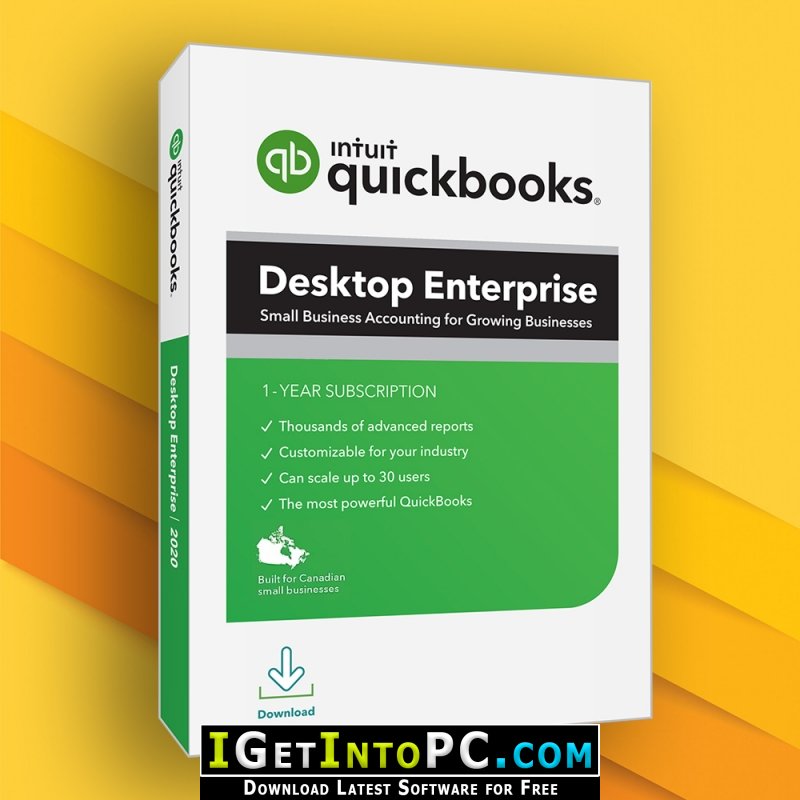
- #Using quick books to keep inventory for small business full#
- #Using quick books to keep inventory for small business software#
This is why understanding that inventory is dynamic and fluid is the first step to attaining good inventory management. Because then it becomes clear that keeping track of your stock is not something you can force.
#Using quick books to keep inventory for small business full#
That’s one of the main issues that manufacturers often have – dealing with the constantly moving pieces of raw materials as well as the finished products themselves. Inventory can be like a sneaky shapeshifter that always finds a way to slip out of your grasp before you get a full hold on it. You could have all kinds of different waxes being used to make a variety of candle shapes.

Let’s look at the example of making candles (fun fact: you can do this yourself). Raw materials would be wax, wicks, and colors. Work-in-progress would be colored or shaped wax.Īnd of course, the finished good would be a fully formed candle with a wick on top, ready to burn for a cheesy romantic dinner. Unfortunately, these progressions aren’t always so simple and linear.
Finished goods - products that are completed and ready to be sold. Work-in-progress - items in the process of becoming finished products.  Raw materials - components that can be used to create products. When it comes to materials directly related to your manufacturing process, it includes items ready to be sold as well as items you intend to sell in the future. You could break down the types of inventory into the following: We believe it’s more helpful to think of inventory as the sum of all items used in your business that are intended for sale. That means looking at all the bits that go into getting your products made. Some offer an interpretation that refers to inventory as the sum of all items used in your business. This includes anything related to the operations of your business, such as safety or office equipment. There are many definitions of inventory out there. Defining inventory - it’s more than your finished products Once we unpack these a bit, the inventory management definition should come into focus. If you can master and implement the advice below, you’ll put yourself ahead of 99% of the competition in no time.īefore diving into the details, it’s always best to get to grips with the fundamentals. Otherwise, you’ll end up following others like a blind sheep.Īt best you’ll always be one step behind the leaders, and worst-case scenario they might take you over a cliff. So, in this case, we must understand not only what inventory really is, but also the aims and objectives of solid inventory management for small businesses. Many manufacturers and production planners don’t apply the following principles. To help you take your inventory game to the next level, we put together the low-down on everything you need to know about inventory management for growing businesses - top to bottom. As a modern manufacturer, you need inventory management systems built with your business needs in mind, which is why adopting a manufacturing ERP can be a huge game-changer.
Raw materials - components that can be used to create products. When it comes to materials directly related to your manufacturing process, it includes items ready to be sold as well as items you intend to sell in the future. You could break down the types of inventory into the following: We believe it’s more helpful to think of inventory as the sum of all items used in your business that are intended for sale. That means looking at all the bits that go into getting your products made. Some offer an interpretation that refers to inventory as the sum of all items used in your business. This includes anything related to the operations of your business, such as safety or office equipment. There are many definitions of inventory out there. Defining inventory - it’s more than your finished products Once we unpack these a bit, the inventory management definition should come into focus. If you can master and implement the advice below, you’ll put yourself ahead of 99% of the competition in no time.īefore diving into the details, it’s always best to get to grips with the fundamentals. Otherwise, you’ll end up following others like a blind sheep.Īt best you’ll always be one step behind the leaders, and worst-case scenario they might take you over a cliff. So, in this case, we must understand not only what inventory really is, but also the aims and objectives of solid inventory management for small businesses. Many manufacturers and production planners don’t apply the following principles. To help you take your inventory game to the next level, we put together the low-down on everything you need to know about inventory management for growing businesses - top to bottom. As a modern manufacturer, you need inventory management systems built with your business needs in mind, which is why adopting a manufacturing ERP can be a huge game-changer. #Using quick books to keep inventory for small business software#
That includes your in-house processes and the software solutions you use. If you’re dealing with physical products, manufacturing inventory management is a central part of your business, and how well you do it will determine your success.

On the other hand, understocking can lead to delayed deliveries and mobs of unhappy customers wielding pitchforks at your door. If you have too much inventory, you are tying up cash and wasting money on resources like stock room space. And the benefits of good stock management are clear because the costs of doing it poorly are so high. Manufacturing inventory management is the process of keeping track of all the goods your company has in stock.







 0 kommentar(er)
0 kommentar(er)
